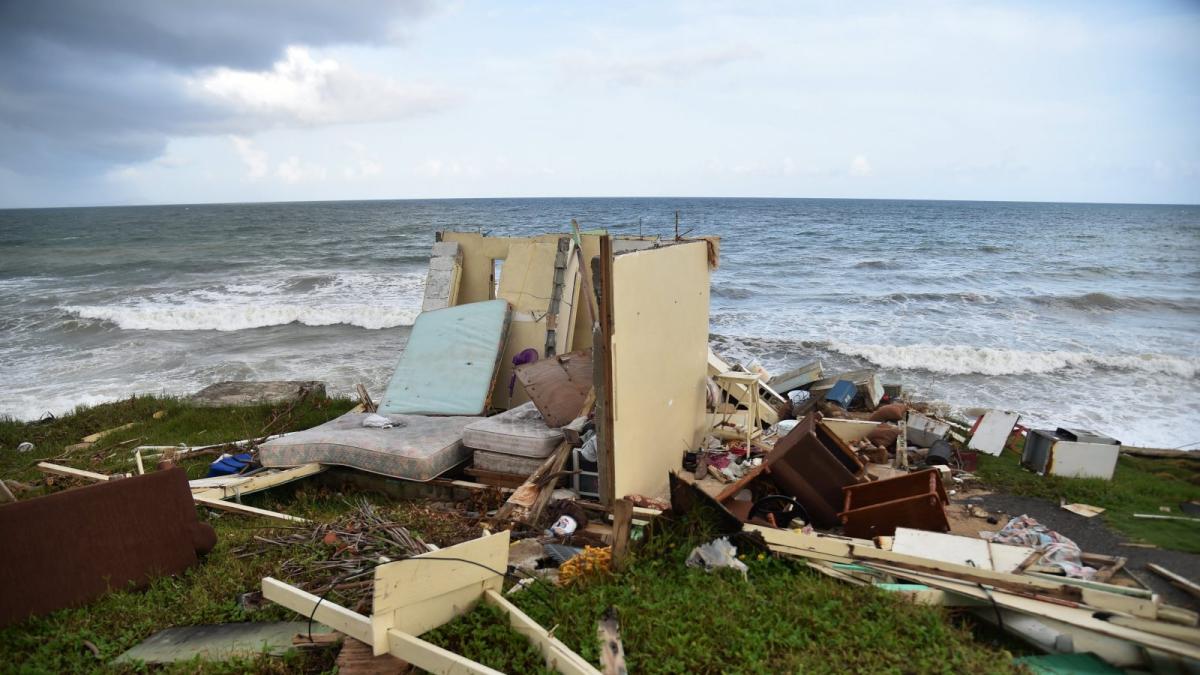This story was originally published by the Guardian and is reproduced here as part of the Climate Desk collaboration.
For the first 36 hours after Hurricane Maria, 5-year-old Keydiel and his mother Shaina were trapped by the toppled trees that blocked the doors to their home in Yabucoa, Puerto Rico.
Eventually, neighbors cleared the sturdy tamarind trees, cutting by hand because there was no electricity. The mother and son emerged to find an island devoured by 155 mph winds and harsh rains.
Their immediate concerns were physical — finding food and water — but bubbling below were anxieties and trauma that would endure for months.
“It was difficult to find himself [Keydiel] in a situation where he didn’t have a way out. It was difficult for me,” Shaina told the Guardian through an interpreter, while sitting at a table outside her son’s classroom. “As a mom, I was very stressed out and I got anxious because I wasn’t able to solve things so quickly. I felt impotent.”
Keydiel’s school sits just below hillside forests that are finally a dense, dark green after Maria twisted them into a tangling mess of trees stripped of leaves and bark. T... Read more
